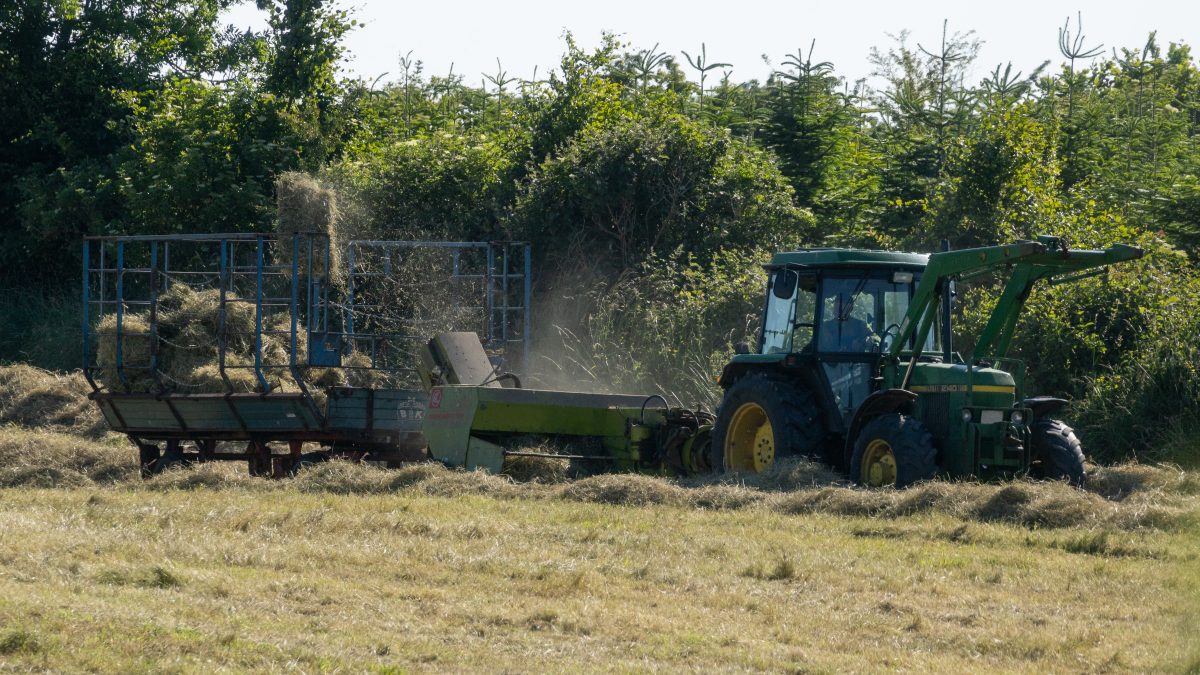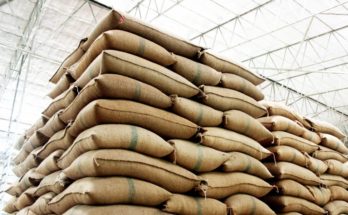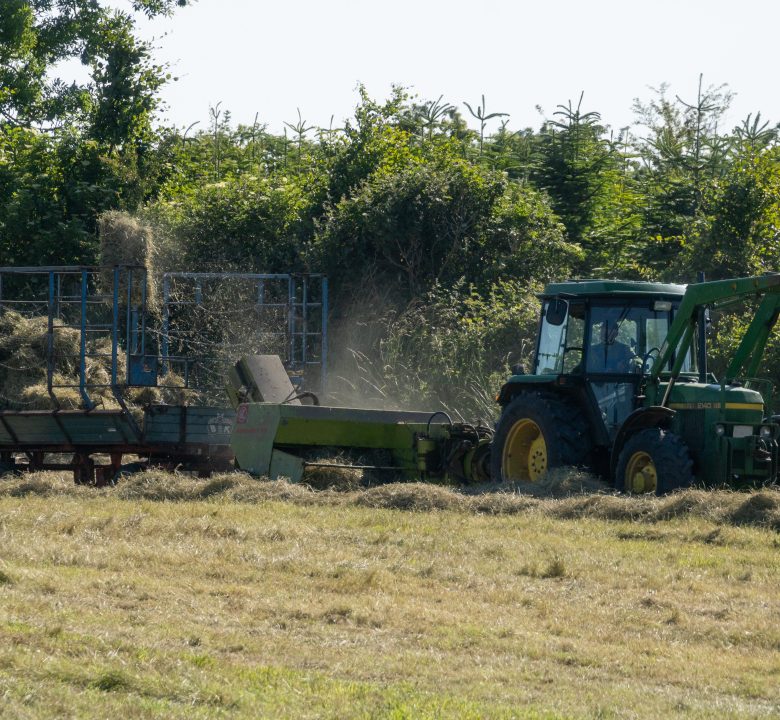
Storage Agribusiness: Food Supply Chain
April 4, 2023Composting is a natural and effective way to reduce waste, improve soil health, and promote sustainable gardening practices. However, it can also attract pests such as rats, raccoons, and insects that feed on the organic matter. In this article, we will guide you through the essential steps of pest prevention in compost, to help you keep your compost pile healthy, hygienic, and safe.
Understanding the Types of Pests in Compost
To effectively prevent pests in compost, it’s important to understand the types of pests that are commonly found in compost piles. Some of the most common pests in compost include:
- Rodents: Rats and mice are attracted to the warm and moist conditions in compost piles, where they feed on the organic matter and can cause significant damage.
- Raccoons: These omnivores are known for their love of food and are attracted to compost piles for their easy access to tasty scraps and leftovers.
- Insects: A wide variety of insects, including flies, ants, and beetles, can thrive in compost piles and feed on the organic matter.
- Birds: While birds can be beneficial to the composting process, they can also spread disease and create messes.
Best Practices for Pest Prevention in Compost
There are several best practices that you can follow to prevent pests in compost, including:
Maintaining a Proper Ratio of Brown and Green Materials
One of the most important steps in preventing pests in compost is maintaining a proper ratio of brown and green materials. Brown materials include dead leaves, straw, and paper, while green materials include grass clippings, food scraps, and kitchen waste. Maintaining a balance between brown and green materials helps to regulate the moisture levels in the compost pile and prevent conditions that are conducive to pest infestations.
Keeping the Compost Pile Covered
Covering the compost pile with a lid or tarp helps to prevent pests from accessing the organic matter. A well-constructed compost bin or tumbler can also help to reduce the risk of pest infestations.
Turning the Compost Pile Regularly
Turning the compost pile regularly helps to distribute the organic matter, increase aeration, and prevent anaerobic conditions that can attract pests. Regular turning also helps to reduce the risk of odors that can attract pests, and improve the overall health of the compost pile.
Monitoring the Compost Pile for Signs of Pests
Regular monitoring of the compost pile is essential for early detection of pests. Look for signs of gnaw marks, droppings, or other evidence of pests, and take immediate action if any are detected.
Tips for Dealing with Pests in Compost
If pests are already present in your compost pile, there are several steps that you can take to deal with the infestation:
Remove Any Contaminated Material
Remove any contaminated material from the compost pile and dispose of it properly. This helps to reduce the risk of further pest infestations and helps to maintain the overall health of the compost pile.
Increase Aeration
Increasing aeration by turning the compost pile more frequently or adding more brown materials can help to reduce the risk of anaerobic conditions that attract pests.
Use Natural Pest Repellents
Using natural pest repellents is an effective way to keep pests away from your compost pile. Here are some options:
- Citrus Peels: Citrus peels contain limonene, a natural compound that repels ants, flies, and other pests. Simply chop the peels into small pieces and scatter them around the compost pile.
- Garlic: Garlic contains sulfur compounds that repel insects and other pests. Crush a few cloves of garlic and sprinkle them around the compost pile.
- Mint: Mint has a strong scent that repels pests. Plant some mint near your compost pile, or scatter some fresh or dried mint leaves around the pile.
- Neem Oil: Neem oil is a natural insecticide that repels a wide range of pests, including aphids, mites, and beetles. Dilute the neem oil according to the instructions and spray it on the compost pile.
- Cayenne Pepper: Cayenne pepper contains capsaicin, a compound that repels insects and other pests. Mix a tablespoon of cayenne pepper with a gallon of water and spray it on the compost pile.
- Dried herbs: Sprinkle dried herbs such as mint, lavender, or rose throughout the compost pile.
Conclusion
Composting is a simple and effective way to manage organic waste and produce nutrient-rich soil for your garden. However, pests can be a problem for compost piles. By using natural pest repellents and following other preventive measures, you can keep pests away from your compost pile and ensure a successful composting process. Remember to avoid using chemical pesticides as they can harm beneficial insects and microorganisms in your compost pile. With these simple steps, you can enjoy a healthy and thriving compost pile while contributing to a more sustainable future.




